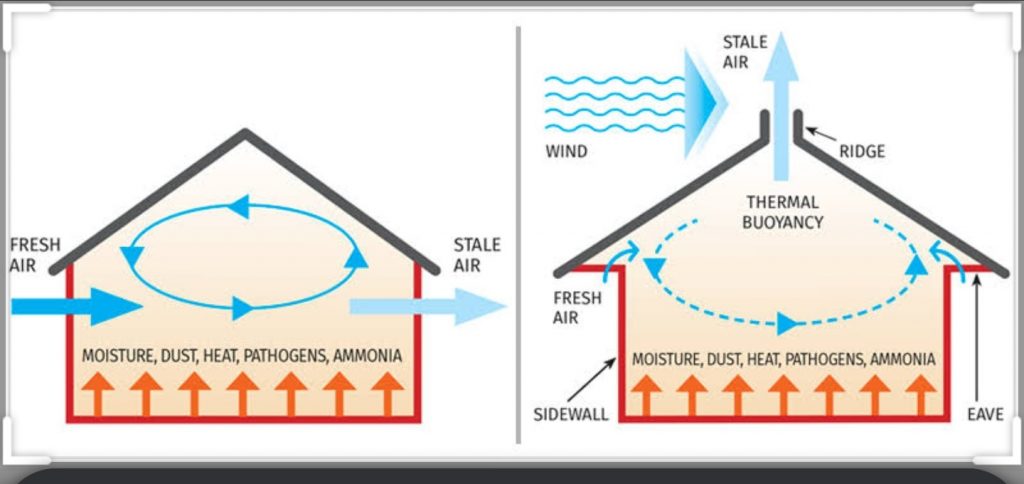Ammonia emissions in dairy farms
Many countries have committed themselves to reduce ammonia emissions. These are mainly caused by agriculture.
Cattle husbandry accounts for the largest share of this. Apart from slurry storage and application, housing
construction measures are coming into focus more and more.
Reduction of ammonia emissions
However, there are currently no concrete guidelines for implementation. Moreover, animal welfare should not be
ignored. Possible solutions often contain several components. The success of a system also depends heavily on
housing management. Measures combining both environmental protection and animal welfare will become
interesting in the near future.
How does ammonia develop in the cow house?
The urea in the urine is split into ammonia and carbon dioxide by the enzyme urease within a short time. Important factors besides the house climate are the floor condition and its cleanliness. How can ammonia emissions be reduced?

Ammonia reduction with KRAIBURG walking area coverings
- rapid urine drainage, associated with frequent cleaning
- minimized soiled surfaces, e.g. elevated feed stalls
Deep Groove System reduces ammonia emissions 20%
Designed to allow liquid to naturally drain out of manure by a deeper groove. alleys with a groove ranging from 4’’ (102 mm) to 10’’ (254 mm) deep. The alley must be sloped towards the center. This allows the liquid to naturally drain out of the manure. Keeps the alley drier because the liquid drains into the groove.
When using this scraper, the integrated toggling flat bar pushes solids contained into the groove towards the cross gutter. The steel flat bar flips up on the return stroke in order to clear the channel bottom and avoid bringing material back. Keeps the alley drier because the liquid drains into the groove while the scraper is performing its cleaning stroke.
How can ammonia emissions be reduced?
Rapid urine drainage, associated with frequent cleaning minimized soiled surfaces, e.g. elevated feed stalls


